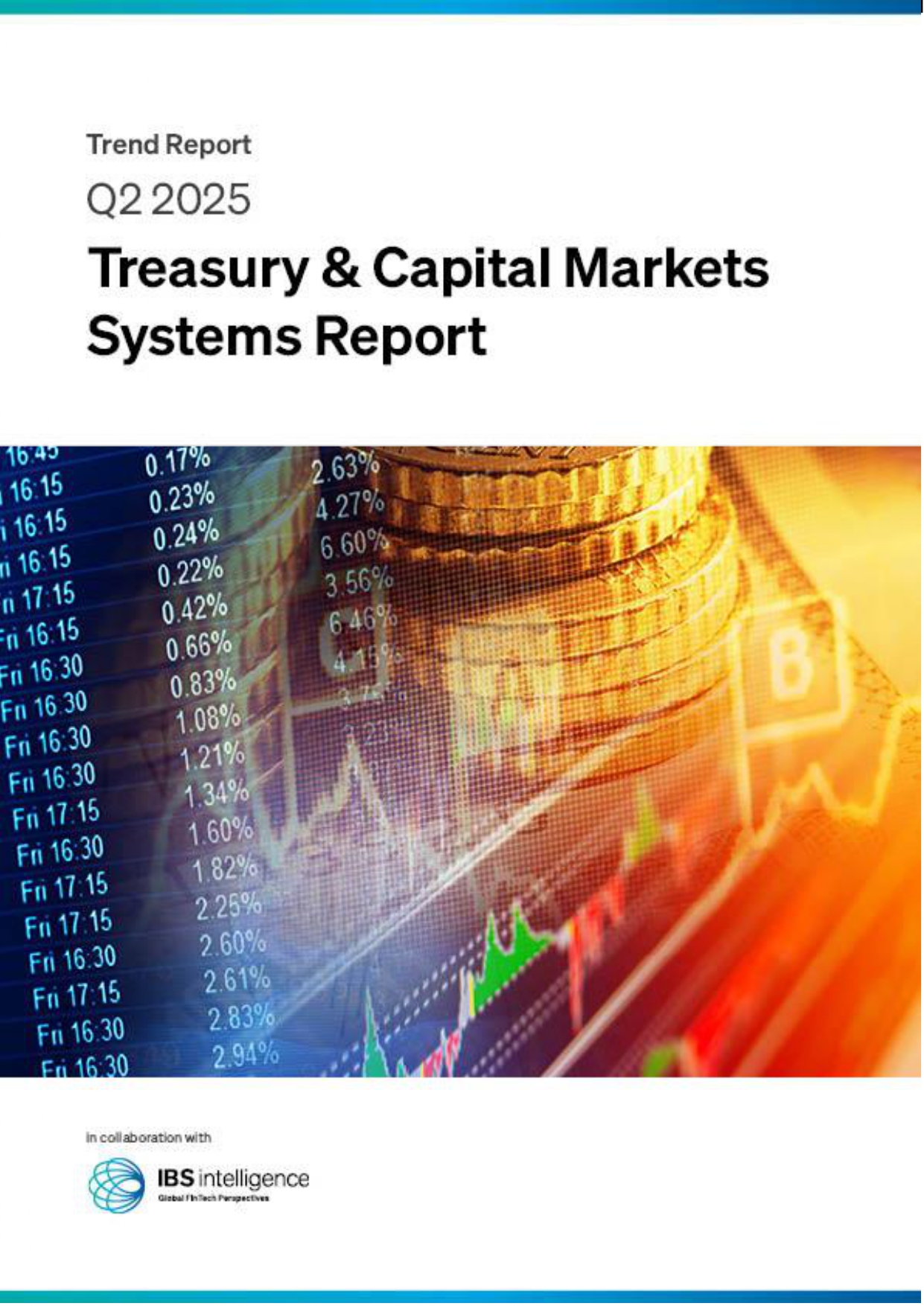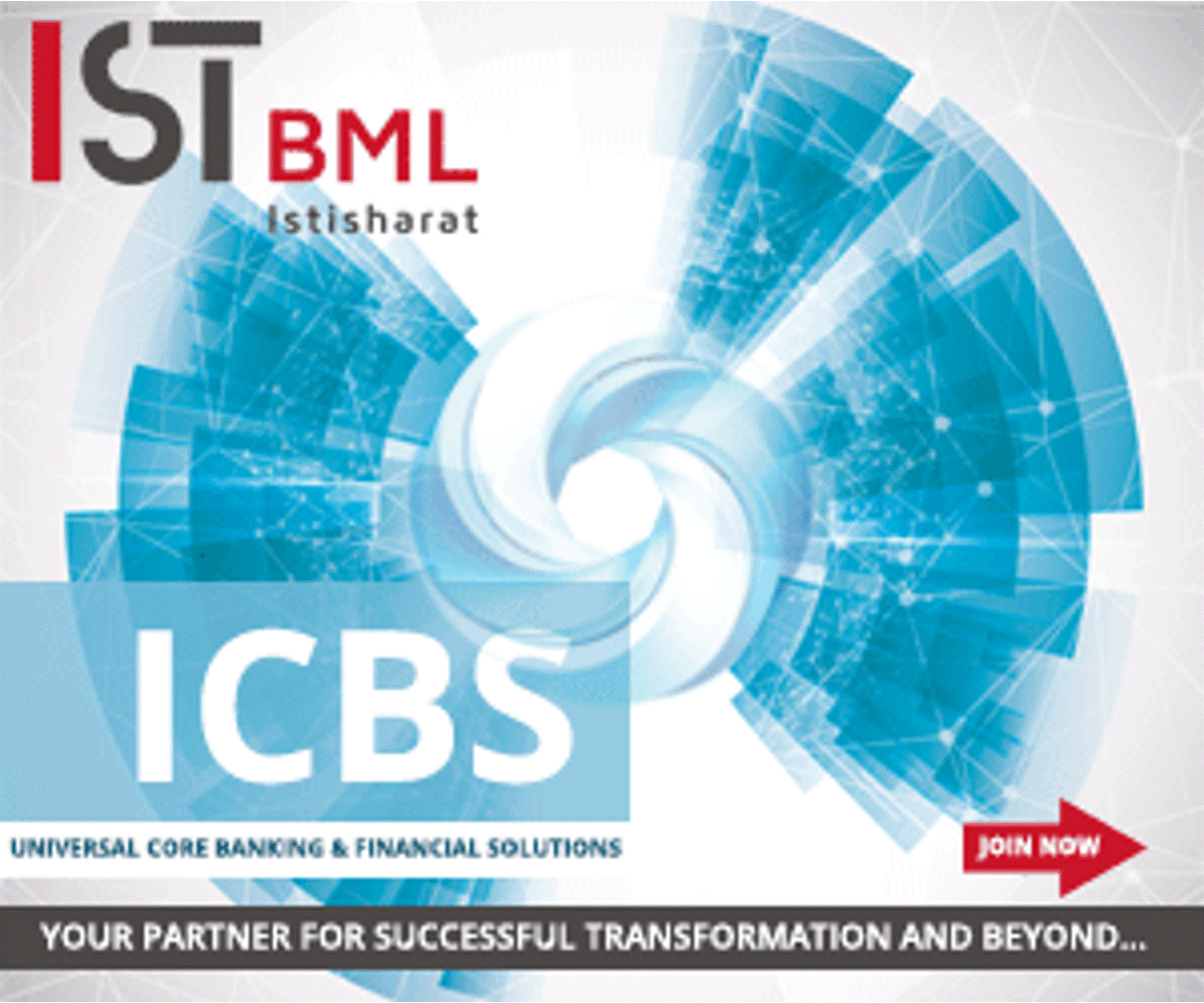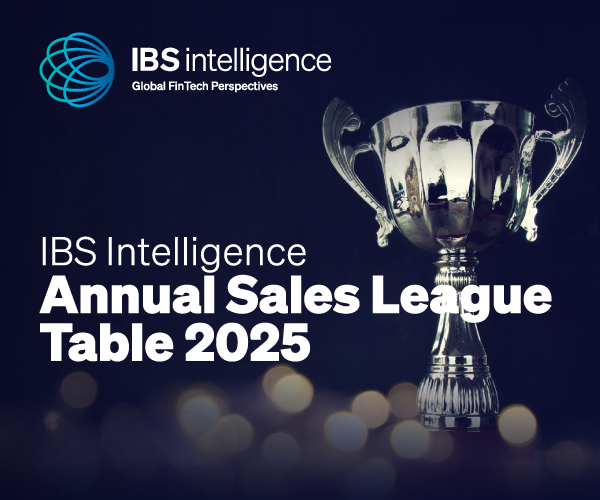 Back
Back
AI, embedded finance, or payments: Which FinTech trend will define 2025?
By Gloria Methri
 As the FinTech industry marches into 2025, its trajectory is shaped by a convergence of innovation, consumer expectations, and regulatory frameworks. Insights from key voices at payabl., along with global trends, paint a dynamic picture of the year ahead. From embedded finance to artificial intelligence (AI), these forces are set to redefine the way businesses and consumers interact with financial services.
As the FinTech industry marches into 2025, its trajectory is shaped by a convergence of innovation, consumer expectations, and regulatory frameworks. Insights from key voices at payabl., along with global trends, paint a dynamic picture of the year ahead. From embedded finance to artificial intelligence (AI), these forces are set to redefine the way businesses and consumers interact with financial services.
Convenience-Driven Innovation in Consumer Payments
The demand for convenience will drive the most significant innovations in FinTech. Digital wallets and account-to-account (A2A) payments are expected to emerge as dominant payment methods, providing consumers with seamless and secure experiences. According to Ugne Buraciene, Group CEO of payabl., digital wallets will outpace alternatives like Buy Now, Pay Later (BNPL) and QR payments, solidifying their position as the preferred choice for consumers and merchants alike.
AI will continue to lead the charge, but not as a mere FinTech trend. Instead, it will serve as a strategic tool for fraud detection, personalisation, and operational efficiency. However, Buraciene cautions that AI also equips fraudsters with new capabilities, urging businesses to adopt proactive and innovative measures to stay ahead.
Instant payments are expected to rise in prominence, although the looming SEPA Instant deadline poses a readiness challenge for many. Meanwhile, fraud prevention will remain a critical focus, with regulators and businesses investing in consumer education and AI-powered defences.
Expanding Horizon of Embedded Finance
Embedded finance, while already gaining traction, is poised for exponential growth in 2025. Beyond payments, sectors like retail, hospitality, and even traditionally slower adopters like healthcare and construction are expected to integrate tailored financial services into their platforms. Access to capital for small businesses will be a standout segment, providing flexible, personalised lending solutions that traditional banks have often failed to deliver.
For platforms, embedded finance will act as both a loyalty booster and a revenue driver. Those capable of delivering bespoke solutions to underserved industries will gain a competitive edge. As Buraciene highlights, the year ahead will be pivotal for platforms looking to harness the untapped potential of embedded finance.
Open Banking’s Incremental Progress
Open Banking adoption will remain sluggish, with a lack of scalable and compelling use cases limiting its mass-market appeal. Kristaps Zips, UK CEO of payabl., notes that 2025 might see Variable Recurring Payments (VRPs) emerge as a breakthrough use case. These flexible and secure payments could demonstrate the tangible benefits of Open Banking to businesses and consumers alike.
However, trust issues and concerns about privacy and security will continue to hinder progress. Regulatory and industry collaboration will be critical to laying the foundation for broader adoption in the years to come.
Regulatory Pressures and Compliance Congestion
The regulatory landscape will grow increasingly complex in 2025 as overlapping mandates like PSD3, SEPA updates, and DORA (Digital Operational Resilience Act) converge. This “compliance congestion” will challenge businesses to integrate regulatory requirements without compromising customer experience. Proactive compliance strategies will distinguish leaders in this space.
PSD3 will shape the European payments ecosystem. Although delays in implementation are expected, stakeholders anticipate significant strides in defining its role in innovation and resilience by the end of the year.
Convergence of Technologies and Payments Evolution
2025 will be about refining existing technologies rather than chasing the next big thing. Blockchain, AI, and mobile edge computing are converging to create smarter, faster, and more secure payment systems. Decentralized identities, predictive fraud detection, and real-time cross-border transactions are just a few of the advancements likely to gain traction.
Central Bank Digital Currencies (CBDCs) will move from concept to implementation, with the digital euro leading the charge. However, these innovations will also invite new risks, such as AI-generated fraud and deepfake scams, testing the resilience of even the most advanced systems.
Diversity and Inclusion
Diversity in FinTech will shift from symbolic gestures to tangible outcomes. As more women and underrepresented groups assume leadership roles, the industry will showcase success stories that inspire meaningful change. Mentorship programs will continue to play a vital role in empowering the next generation of talent, especially as Gen Z founders bring fresh perspectives to the table.
IBSi FinTech Journal
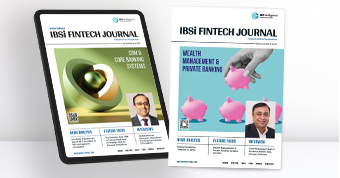
- Most trusted FinTech journal since 1991
- Digital monthly issue
- 60+ pages of research, analysis, interviews, opinions, and rankings
- Global coverage
Other Related News
Related Reports
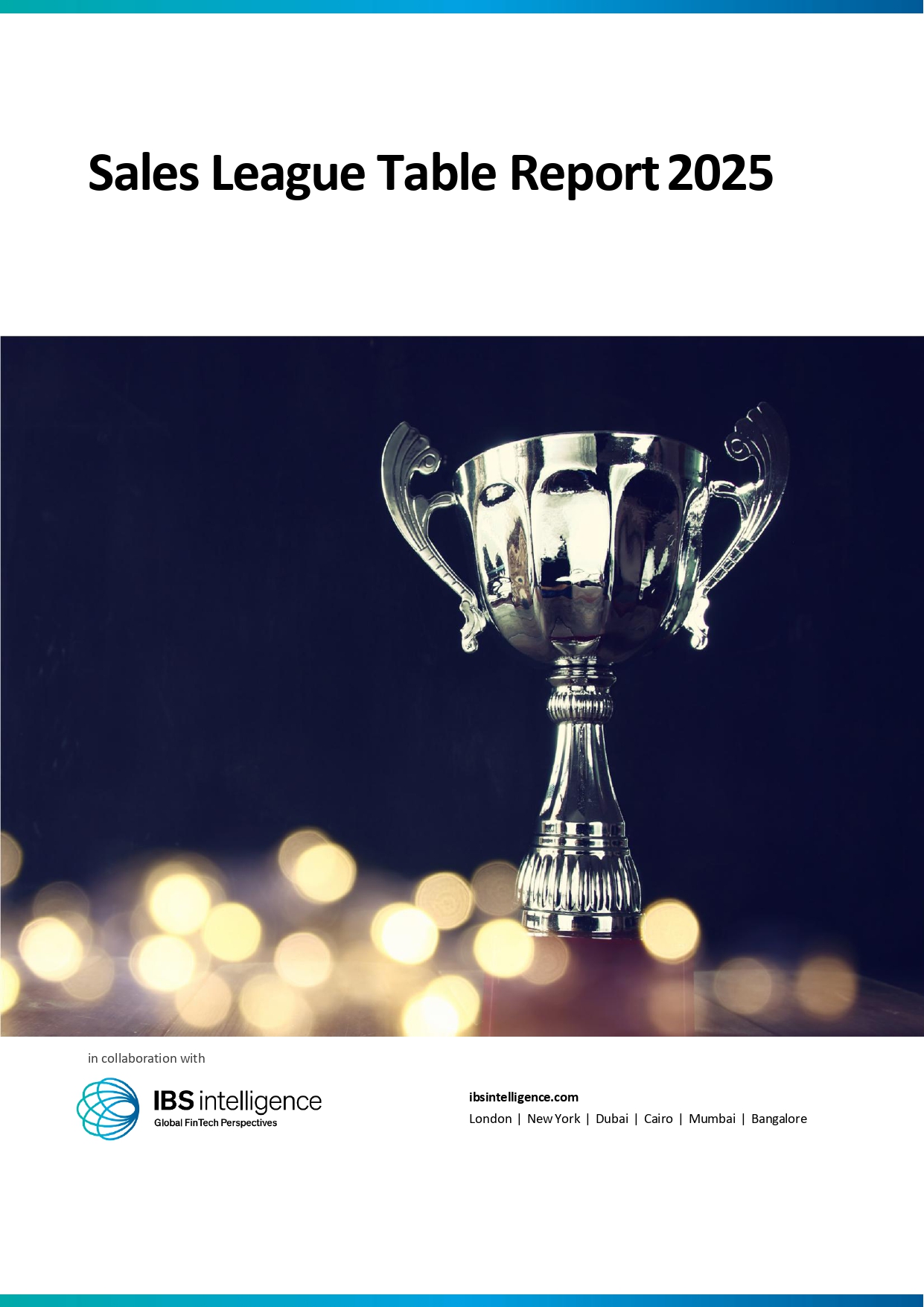
Sales League Table Report 2025
Know More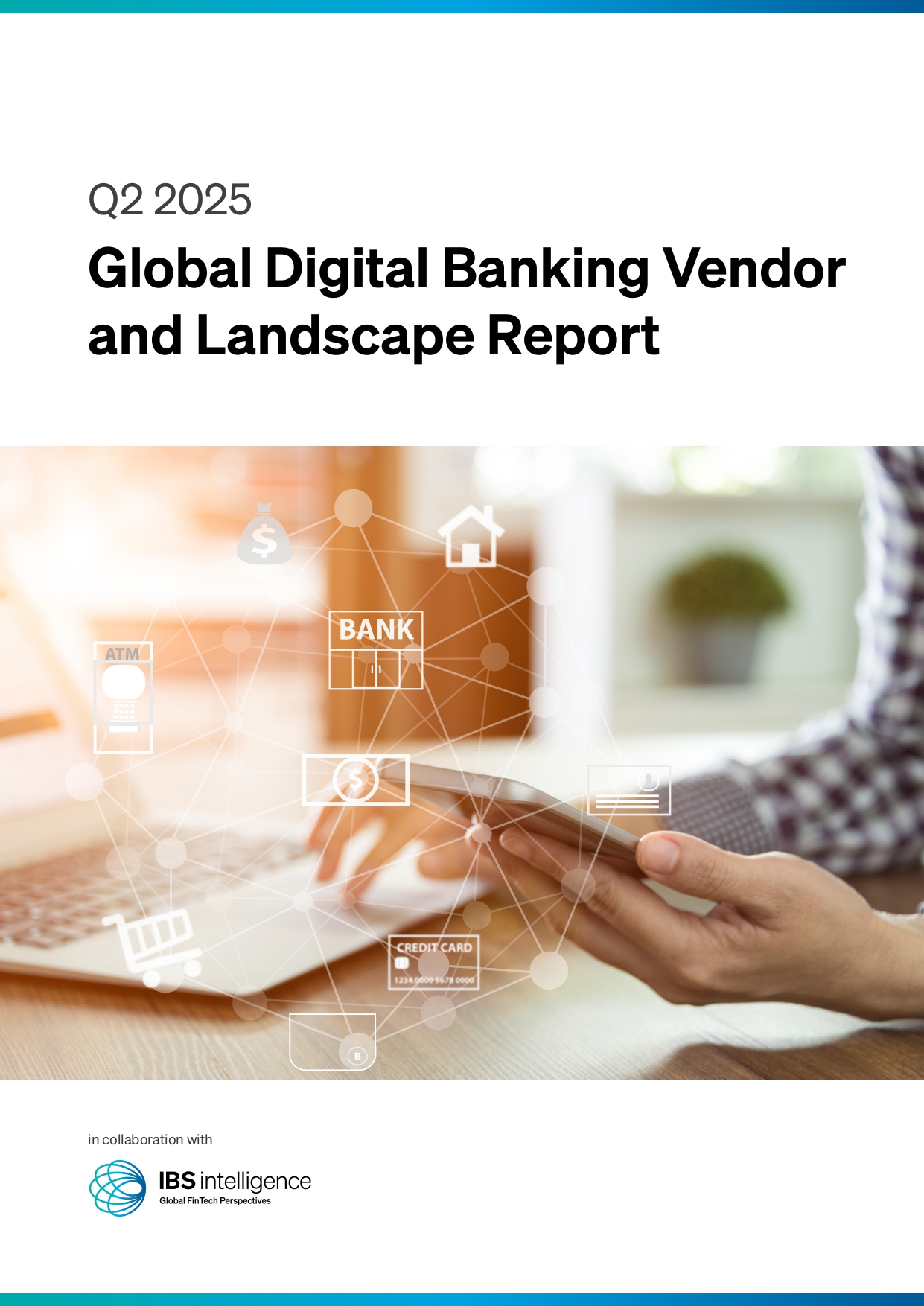
Global Digital Banking Vendor & Landscape Report Q2 2025
Know More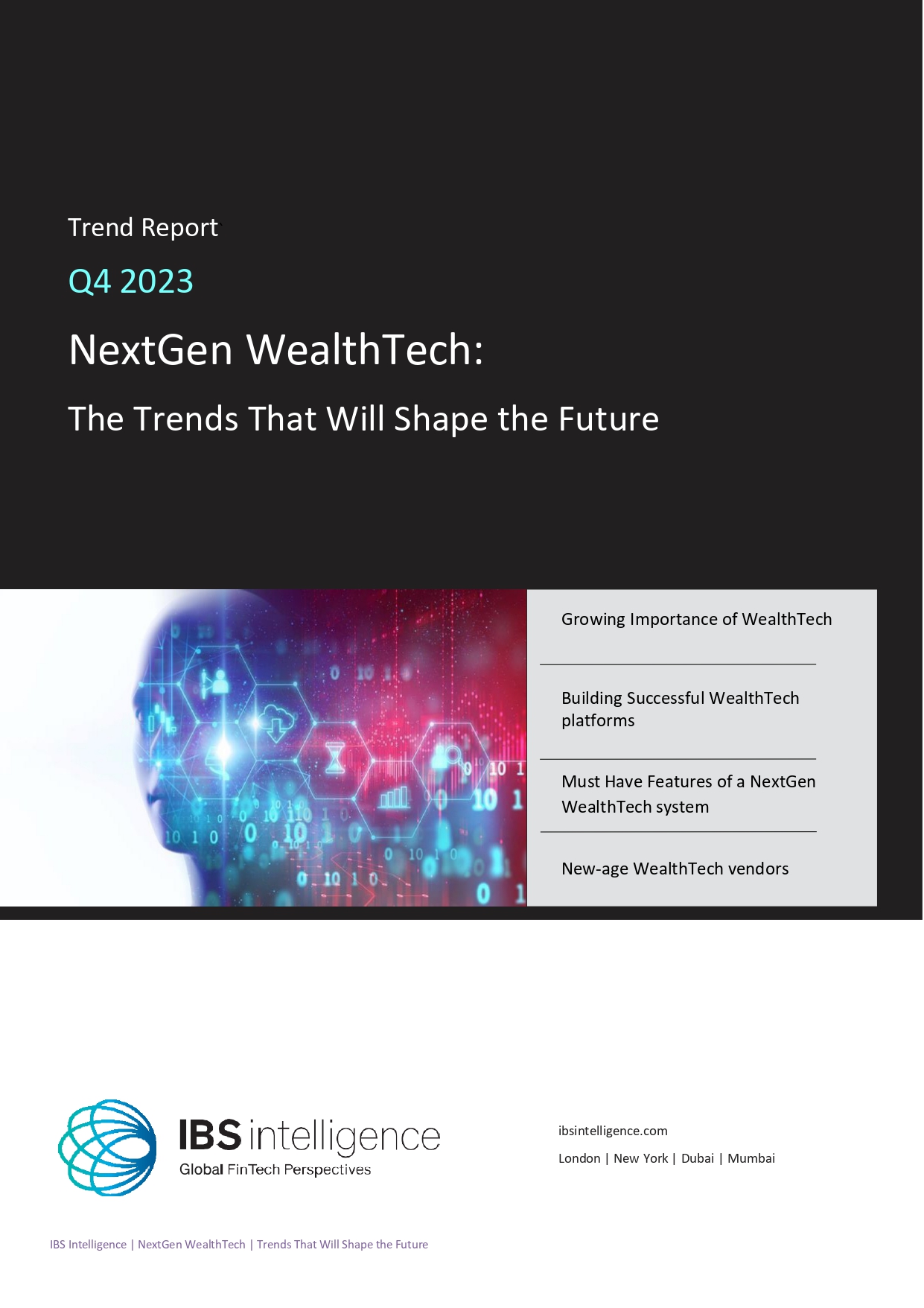
NextGen WealthTech: The Trends To Shape The Future Q4 2023
Know More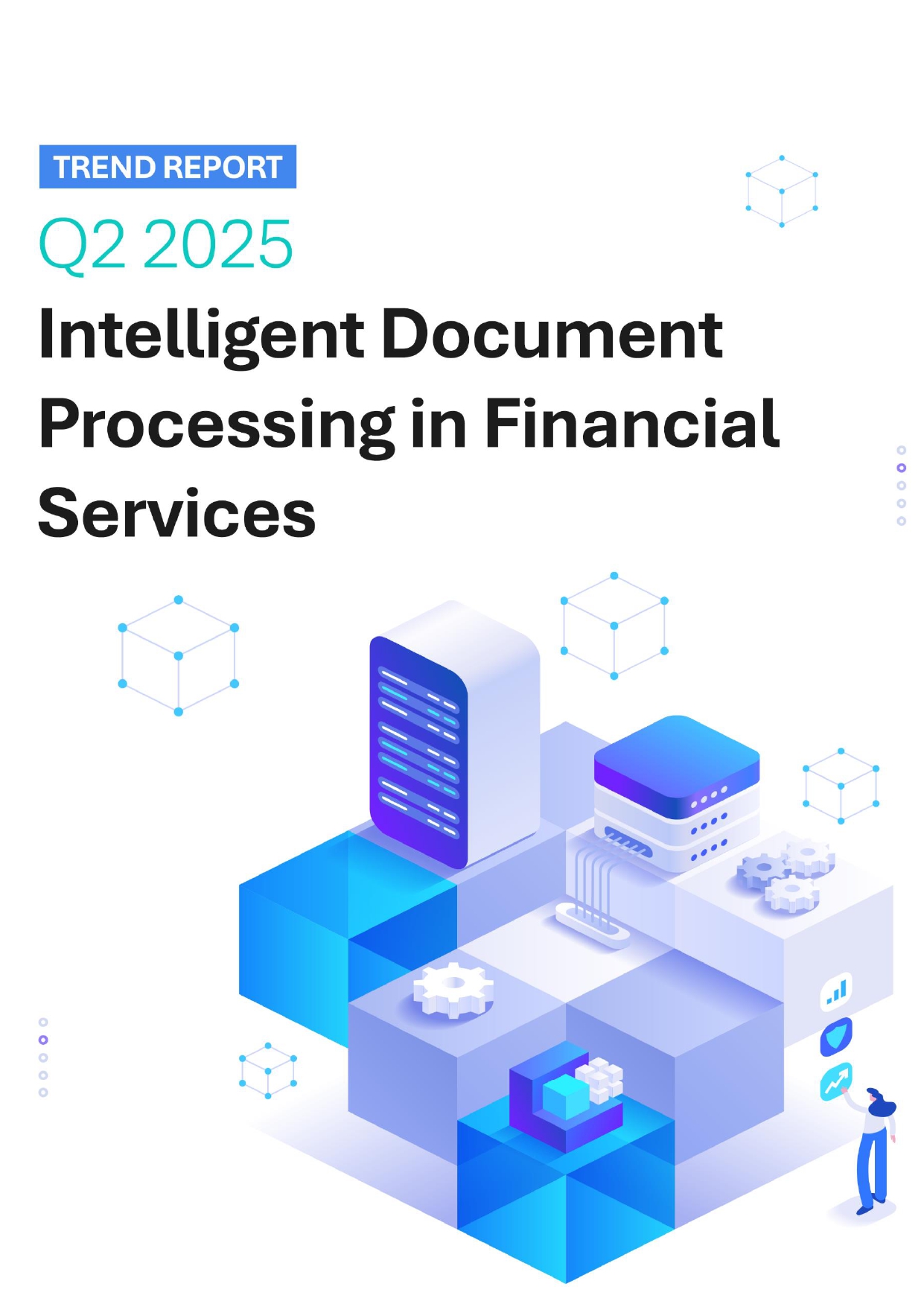
Intelligent Document Processing in Financial Services Q2 2025
Know More